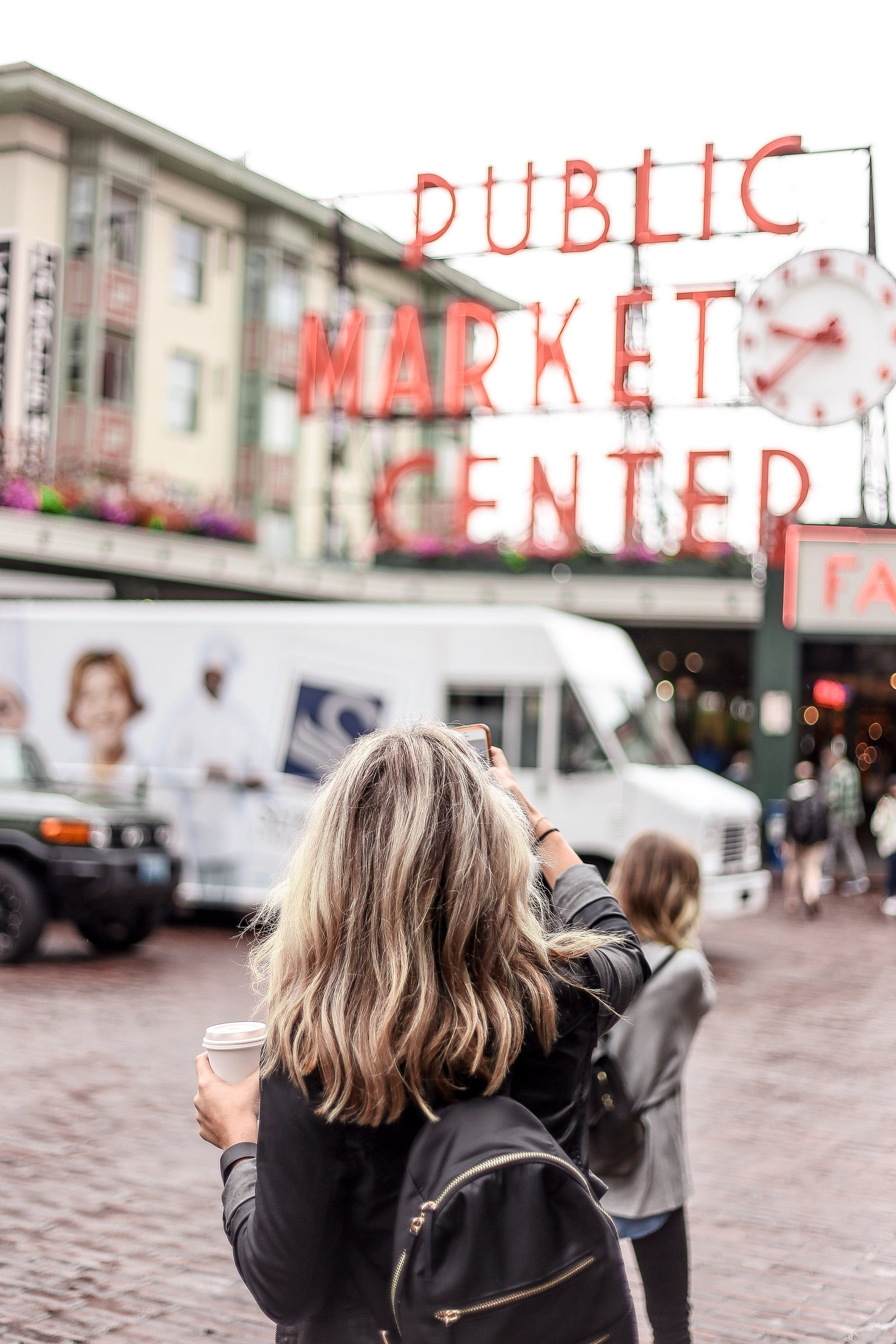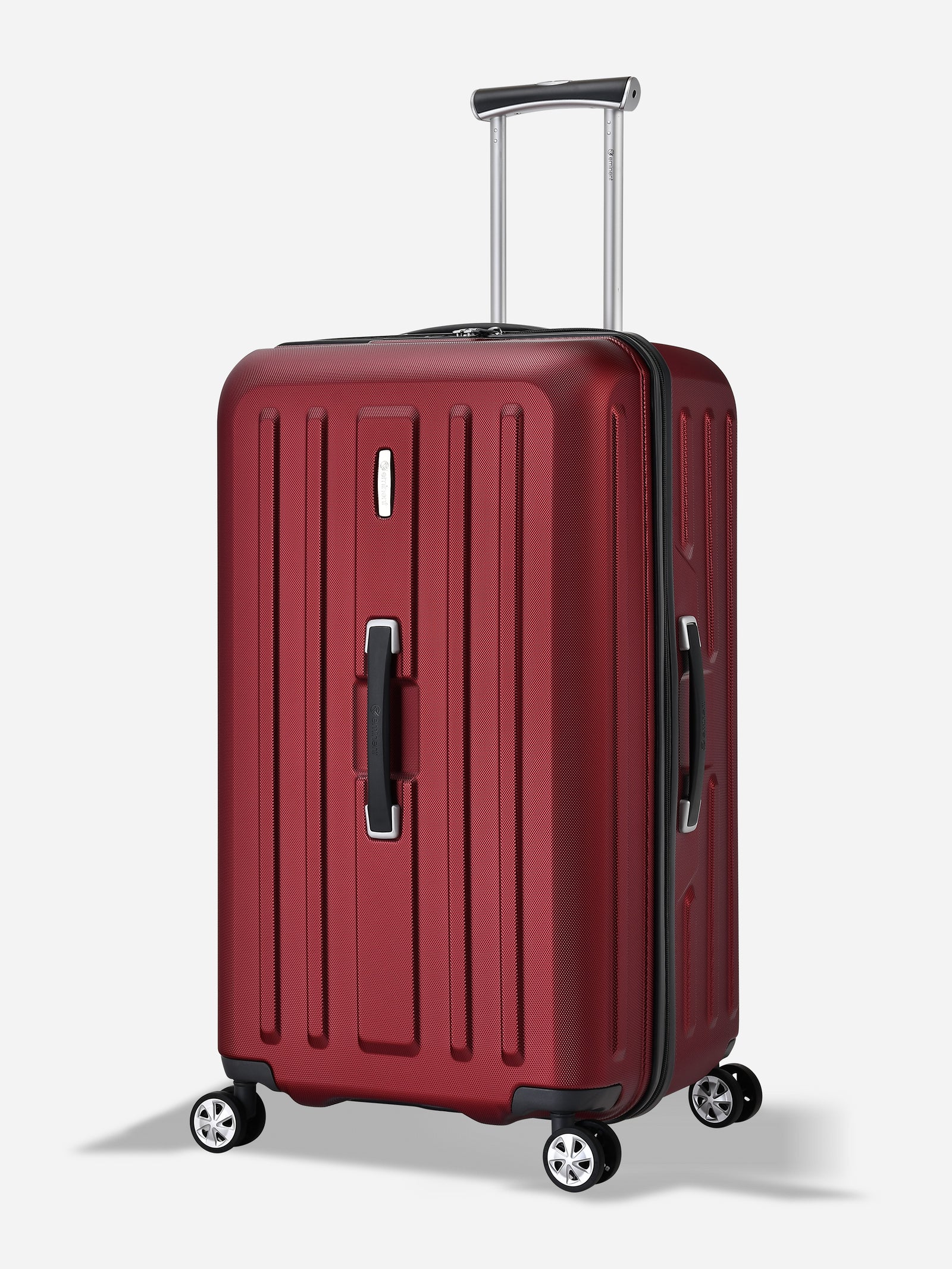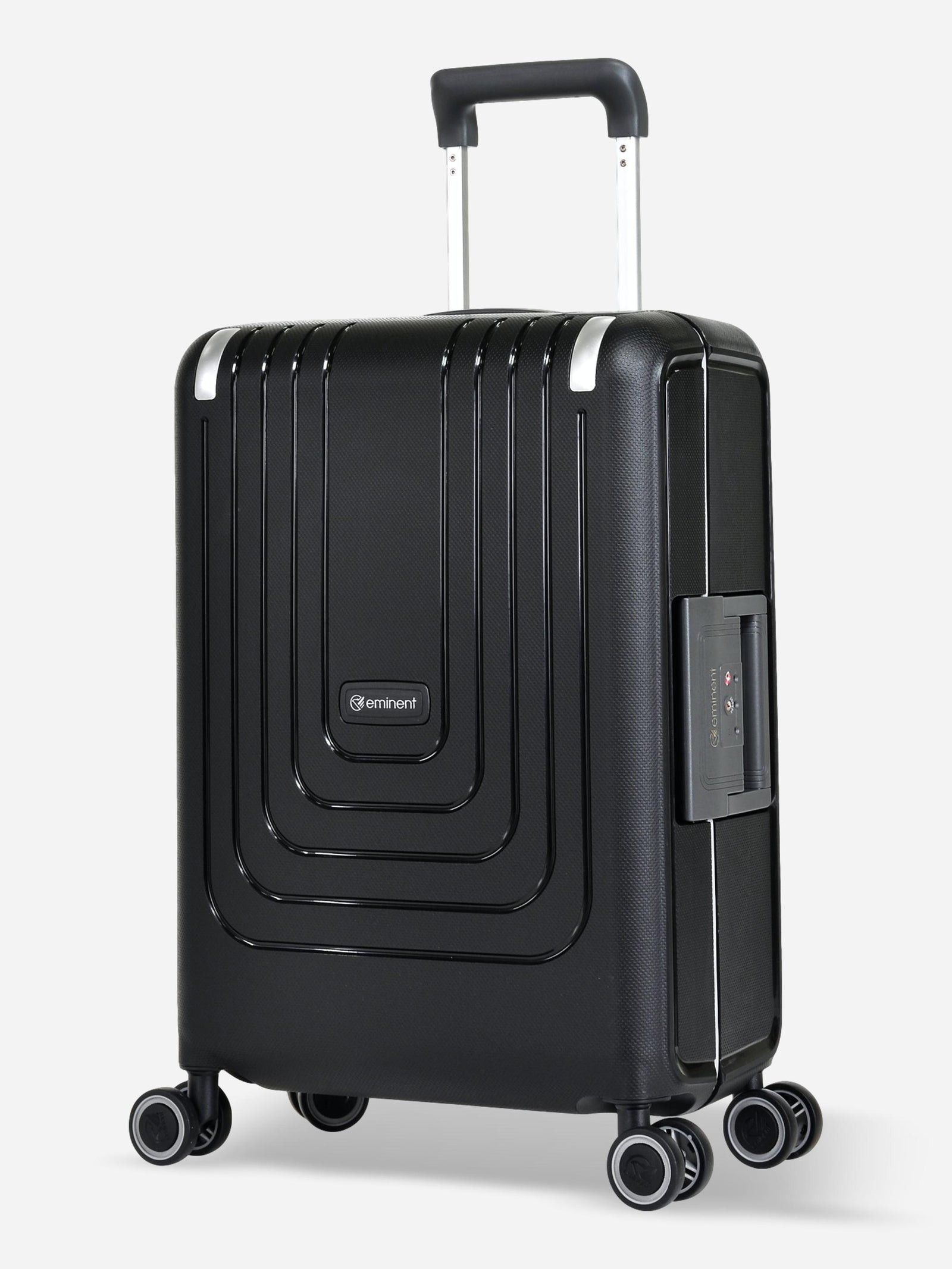SMART PACKING LIST FOR YOUR CITY BREAK

Embarking on an urban adventure can be thrilling, but effective packing is essential to ensure you have everything you need without the hassle of excess baggage. This guide will provide you with practical strategies, must-have items, and expert insights to help you prepare for your next city exploration.
In short: When packing, essentials include comfortable shoes, versatile clothing, toiletries, travel documents, and any necessary electronics. Pack light to make exploring easier and don't forget to bring a reusable water bottle and camera.
KNOW YOUR DESTINATION
It’s essential to research your destination beforehand. Consider the local weather, cultural norms, and planned activities to pack appropriately. Check the forecast to decide if you need a jacket, umbrella, or comfortable summer attire. Research the city’s dress codes, especially if visiting religious sites or upscale venues. Think about the type of footwear you’ll need—walking shoes for sightseeing or something dressier for evenings out. Understanding the local transportation system can also help you pack essentials like a travel card or map. Being informed ensures a smooth and enjoyable city adventure.
Shop our Collection
CRAFTING A TAILORED PACKING LIST
Instead of relying on generic packing lists, create one that reflects your personal travel style and itinerary. Here’s a sample list to help you get started:
-
Comfortable Walking Shoes: Ideal for exploring the city – 1 pair
-
Lightweight Jacket: Perfect for layering in varying temperatures – 1
-
Travel-sized Toiletries: Essential for personal hygiene – As needed
-
Portable Charger: To keep your devices powered – 1
-
Reusable Water Bottle: Stay hydrated while on the go – 1
CLOTHING AND FOOTWEAR RECOMMENDATIONS FOR DIFFERENT ACTIVITIES
Choosing the right clothing and footwear for various activities is key to staying comfortable and stylish. For daytime exploring, opt for comfortable walking shoes like sneakers or cushioned sandals, paired with breathable, casual outfits such as jeans, shorts, or lightweight dresses. Layering is crucial, especially in cities with fluctuating temperatures, so pack items like cardigans or a lightweight jacket.
If you plan to visit cultural or religious sites, be mindful of dress codes. Bring modest clothing like long pants, skirts, or shirts with sleeves to ensure respect and access to such locations. For fine dining or evening outings, pack at least one dressy outfit, such as a smart shirt and trousers or a versatile dress, along with appropriate shoes.
Active travelers should include sportswear or workout clothes for biking, hiking, or visiting gyms. A packable rain jacket or umbrella is also handy for unpredictable weather, while scarves or hats can add both style and protection from the elements.
Lastly, choose footwear wisely—your trip may involve a lot of walking, so break in any new shoes beforehand. Packing versatile clothing and practical footwear ensures you’re prepared for any activity a city break may offer.
ESSENTIAL ITEMS FOR YOUR URBAN ADVENTURE
When preparing for your city exploration, certain items can enhance your experience and ensure you’re well-equipped for various situations. Below is a table of essential items along with their benefits:
TRAVEL BACKPACK:
-
Benefits: Hands-free convenience, easy access to essentials.
-
Considerations: Choose one with padded straps for comfort.
PORTABLE WI-FI HOTSPOT:
-
Benefits: Stay connected without relying on public Wi-Fi.
-
Considerations: Check coverage in your destination area.
FIRST AID KIT:
-
Benefits: Prepared for minor injuries or ailments.
-
Considerations: Include personal medications and allergy treatments.
TRAVEL GUIDEBOOK OR APP:
-
Benefits: Helpful for navigating and discovering local attractions.
-
Considerations: Ensure it’s up-to-date with current information.
SNACKS:
-
Benefits: Keep your energy up while exploring.
-
Considerations: Opt for non-perishable items for convenience.
REUSABLE SHOPPING BAG:
-
Benefits: Handy for carrying purchases or groceries.
-
Considerations: Choose a lightweight and compact foldable option.
POWER ADAPTER:
-
Benefits: Essential for charging devices in foreign countries.
-
Considerations: Confirm compatibility with the outlet types in your destination.
TECHNOLOGY AND GADGETS TO ENHANCE YOUR TRAVEL EXPERIENCE
Packing the right technology and gadgets can significantly enhance your travel experience, making it more convenient, efficient, and enjoyable. A smartphone is an obvious essential, serving as your map, camera, and communication tool. To keep it powered, pack a portable charger or power bank, especially if you plan to spend long days exploring.
A portable Wi-Fi hotspot is another excellent gadget, allowing you to stay connected without relying on public networks. For capturing memories, a lightweight camera or action camera is ideal for better-quality photos and videos than a smartphone alone. Noise-canceling headphones or earbuds are perfect for long flights, train rides, or simply relaxing in busy city settings.
If you love reading, an e-reader lets you carry multiple books without the extra weight. Travel adapters are a must if you’re heading to a destination with different power outlets. Choose one with multiple USB ports to charge several devices simultaneously.
Additionally, a smartwatch or fitness tracker can help you navigate, track your steps, and even monitor your health while exploring. For convenience, consider packing a compact travel gadget organizer to keep your cables, chargers, and devices neatly stored. These gadgets will ensure you stay connected, entertained, and organized throughout your journey.
WEATHER CONSIDERATIONS:
Packing for different weather conditions ensures you're prepared and comfortable, no matter what the forecast has in store.
WARM WEATHER:
-
Choose breathable fabrics like cotton or linen to stay cool and comfortable.
-
Pack sunscreen, sunglasses, and a wide-brimmed hat for sun protection.
-
Opt for comfortable footwear, such as sandals or lightweight sneakers, ideal for long walks.
-
Include a reusable water bottle to stay hydrated in the heat.
COLD WEATHER:
-
Layering is essential; pack thermal wear, sweaters, and a sturdy coat to stay warm.
-
Bring insulated footwear to keep your feet comfortable in chilly conditions.
-
Add gloves, a scarf, and a beanie for extra warmth during outdoor activities.
-
Consider packing hand warmers for extended time in cold temperatures.
RAINY CONDITIONS:
-
Carry a compact, wind-resistant umbrella for unexpected rain.
-
Include waterproof clothing, such as a rain jacket or poncho, to stay dry.
-
Pack water-resistant footwear or shoe covers to keep your feet dry.
-
Store electronics and valuables in waterproof pouches to protect them from moisture.
OPTIMIZING YOUR LUGGAGE SPACE
Efficient packing techniques help you save space, stay organized, and travel with ease.
SELECT THE RIGHT LUGGAGE:
-
Choose a suitcase or backpack that matches your travel style and trip duration.
-
Opt for lightweight luggage to avoid exceeding weight limits.
-
Consider luggage with compartments for better organization.
Layer Your Packing:
-
Place heavier items, such as shoes or jackets, at the bottom of your bag for stability.
-
Use packing cubes to separate categories of clothing and keep everything organized.
-
Roll clothing instead of folding to save space and minimize wrinkles.
Utilize Every Space:
-
Fill shoes with socks, chargers, or other small items to maximize storage.
-
Store fragile items inside clothing layers for extra protection.
-
Use the inside of hats or small gaps in your luggage to fit smaller items.
Be Strategic with Essentials:
-
Pack travel-sized toiletries to save space and meet airline liquid restrictions.
-
Keep frequently needed items, like chargers or toiletries, easily accessible in outer compartments.
-
Leave some space for souvenirs or items you may pick up during your trip.
TIPS FOR EFFICIENT PACKING AND MAXIMIZING SPACE
Packing efficiently not only saves space but also reduces stress while traveling. Start by selecting the right luggage for your trip—opt for lightweight, durable options with compartments for better organization. Before packing, create a checklist of essentials to avoid overpacking or forgetting important items.
Use packing cubes or compression bags to organize and condense your clothing. Rolling your clothes instead of folding them helps save space and minimizes wrinkles. For shoes, store them at the bottom of your luggage and fill the inside with smaller items like socks or chargers.
Layering is a smart technique for maintaining balance in your luggage. Place heavier items, such as shoes and jackets, at the base, with lighter clothing or toiletries on top. To utilize every inch of space, pack small items in gaps between larger items.
Travel-sized toiletries are a must for saving space and adhering to airline regulations. For electronics, use a cable organizer to avoid tangles and wasted space. Keep frequently needed items, like a travel pillow or snacks, in an accessible pocket or personal bag.
Lastly, leave some extra room for souvenirs or items you may pick up along the way. By packing strategically, you’ll enjoy a more organized and hassle-free travel experience.
PROS AND CONS OF PACKING LIGHT VS. PACKING HEAVY
Deciding how much to pack can be a dilemma. Here’s a breakdown of the pros and cons of packing light versus packing heavy:
MOBILITY:
-
Packing Light: Easy to move around, less strain.
-
Packing Heavy: More cumbersome, can slow you down.
FLEXIBILITY:
-
Packing Light: Easier to adapt to spontaneous plans.
-
Packing Heavy: Limited flexibility due to excess baggage.
COST:
-
Packing Light: Potential savings on baggage fees.
-
Packing Heavy: Higher costs if checking bags on flights.
PREPARATION:
-
Packing Light: Encourages thoughtful packing.
-
Packing Heavy: Can lead to overpacking and unnecessary items.
Comfort:
-
Packing Light: Less weight to carry, more comfortable.
-
Packing Heavy: Heavier load can lead to discomfort.
Pros and cons of minimalist packing strategies
Minimalist packing has become a popular travel strategy for those seeking simplicity and efficiency. There are clear advantages, but it also comes with potential drawbacks to consider.
PROS:
Minimalist packing allows for greater mobility and ease during travel. With fewer items, you can move quickly and comfortably, whether navigating airports or exploring a new city. It reduces baggage fees, as you’re more likely to travel with carry-on luggage only. Packing light also encourages thoughtful decision-making, ensuring you bring versatile items that can be mixed and matched for different occasions. This approach often simplifies unpacking and repacking, saving time and energy. Additionally, you’ll have more mental clarity, as you won’t need to manage unnecessary belongings during your trip.
CONS:
On the downside, minimalist packing requires careful planning and sacrifices. Packing fewer items means you might lack certain comforts or specific clothing for unexpected situations. For longer trips, you may need to do laundry more frequently, which can be inconvenient. Minimalist packing also leaves little room for souvenirs or last-minute purchases. Furthermore, it may not suit all travel styles, especially for destinations with varying climates or activities that require specialized gear.
FINAL THOUGHTS
With the right preparation and packing strategies, your urban adventure can be both enjoyable and hassle-free. By understanding your destination, crafting a tailored packing list, and utilizing smart packing techniques, you can ensure that you have everything you need for a memorable experience.











